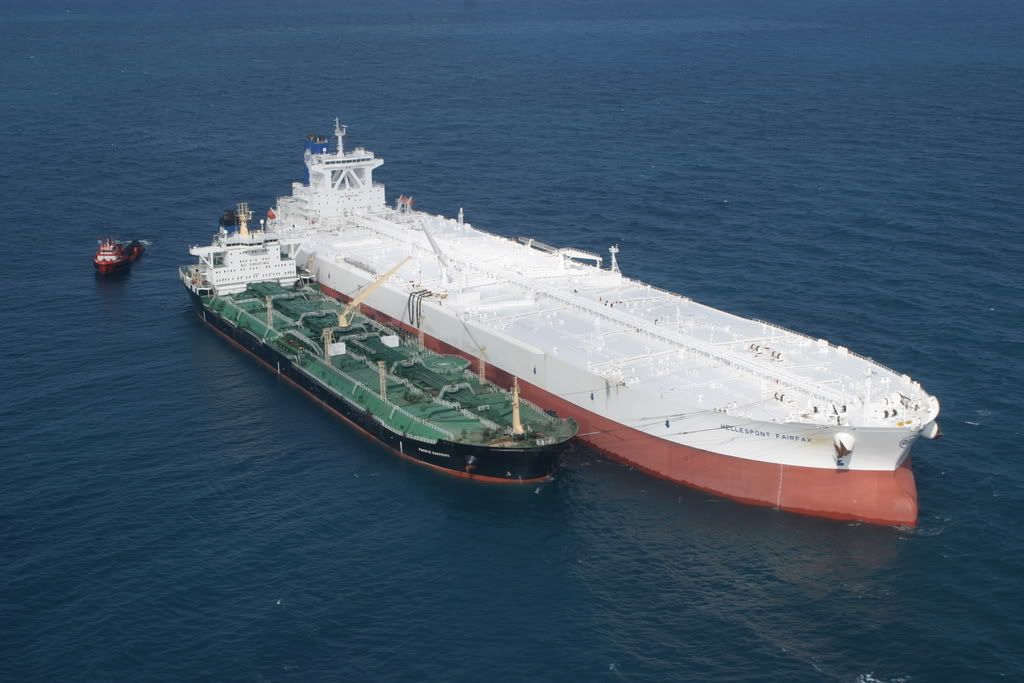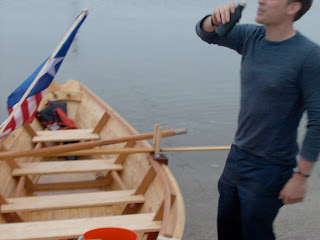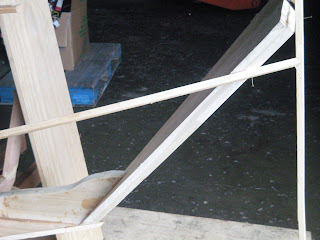We all know about tall ships like the Elissa or Star of India, and we are all very familiar with small boats like sharpies or the Banks dory (if not read all my previous posts, ha!) but they all earned their reputations from places other than Texas. So what is a boat that can claim some heritage, or impact rather, on the Gulf coast of Texas?
There were a few I found but one that really caught my eye was the Scow Schooner.
 |
| Scow Schooner off of Galveston |
The Scow Schooner was a vee-bottomed, two-masted (fore-and-aft rigged), ship that was used mainly to lighter larger ships so that they could pass over the bar without running aground.
Ok, let me explain a few things first. What is passing over the bar? It has nothing to do with becoming a lawyer, but instead it refers to the sand bars that run along the Texas coast. Along the Texas coast there are a series of three, constantly shifting sand bars that are a ship's worst enemy. As time passed, and ships grew larger and they drew more water, making the shallow sandbars even more treacherous. This was a drawback to ports such as Galveston. In order to mitigate or eliminate this threat, "lightering" boats would meet the ships before they approached the bar and take some of their cargo in order to make the ship "lighter" (hence the name, lightering.) Now, the boats could safely pass over the bar without running aground. Today, the north and south jetties are in place. This moves the sediment and the sandbars to deeper water and eliminates the threat, all due to something called the Venturi effect, but that topic is for another day. However, lightering is a process still used today, especially for oil tankers.
 |
| Present-day lightering operations |
So, along the Texas coast, lightering operations were extremely important, and the boat of choice? The Scow Schooner. Because of the flatter bottom, the Scow Schooner drew very little water. Also, because of the flared sides, as the weight from cargo increased the draft of the vessel, the waterline increased, thus giving it added stability needed for hauling heavy cargoes. The Schooner rig could be easily managed by a small crew and the use of a centerboard instead of a fixed keel allowed her to go in extremely shallow waters. They were log planked (thick, side to side planking) which made her very rugged and lasting. All of these characteristics were perfect for carrying out such a rough task.

So what do we have left to work with today? Well, for starters, Howard Chappelle, in his book
American Small Sailing Craft, Their Design, Development, and Construction, has recorded several of them. This is a real treasure as he personally pulled the lines off these Scows himself. This defies the trend in maritime history that tends to ignore the Gulf Coast and be very "Northeast-centric." He also includes the Scow Sloop (just one mast), which brings us to our next one.

In a small publication called
Ships, Seafaring, and Society: Essays in Maritime History by Timothy J. Runyan of the Great Lakes Historical Society (follow the link, read it for free), there is an article called The Laguna Madre Scow Sloop by Edwin Doran Jr.. He paints an awesome picture of the use of these boats all the way into the 1970's! The men who used them for fishing did not rely on engines at all, in fact most of the sloops didn't even have them. At the
Texas Maritime Museum in Rockport, they have one on display. It was made by an old fisherman who just used offsets that he had memorized--pretty impressive.
Well are there any originals left? There are a few, but the most historic, most well-preserved would be the
Alma. She was used on coastal voyages up and down California. Although not necessarily used for lightering, she was used for hauling large bulk cargoes like hay or bricks. If you look at the picture below, notice the height of the hay. The booms and even the wheel were moved up in order to facilitate this. Also, there are several preserved in New Zealand. Apparently, in the 1870's a former captain from the great lakes moved to New Zealand and recognized that the Scow Schooner would be well-suited for trade. The rest is history.

 Alma
Alma of San Francisco. Notice how the booms and tiller have been adjusted to the height of this cargo.
So for those of you who have always wondered what boats are native to Texas, the Scow Schooners (and sloops) were exactly that. Their rugged design and flexibility in use is a testament to the unique situations of the Texas Gulf Coast.
A while back, there was an attempt in Anahuac to rebuild one. I think this may have died on the vine after Hurricane Ike because their website and phone are AWOL. But could it be done down here? I know it can, and if you know a way to help me make it happen, hit me up at
NeptuneNation@gmail.com.
Water is Life
Brett






















 Alma of San Francisco. Notice how the booms and tiller have been adjusted to the height of this cargo.
Alma of San Francisco. Notice how the booms and tiller have been adjusted to the height of this cargo. 




























